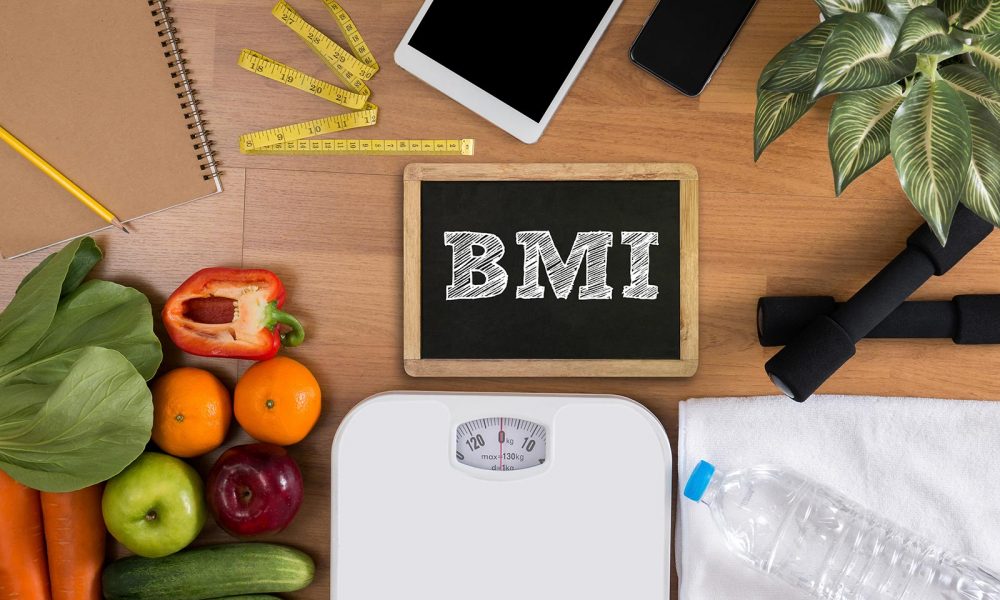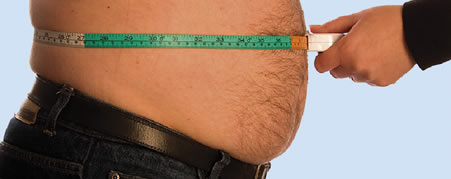
Why BMI Seems So Important Today
When we try to manage our own weight problems, the biggest enemy could be our own lack of judgment. We tend to overlook issues that matter for the ones that aren’t as important.
For many individual’s points of reference, the BMI (body mass index) is their benchmark number for their fitness level and their self-image. The BMI takes the ratio of your body weight to your height to determine whether you’re classified as obese or within normal weight levels.
The BMI takes a very simple approach to gathering weight distribution information within our body. Because of how outdated this simple measurement is in comparison to innovative technologies that can display information more accurately, BMI has lost most of its relevance, outside of estimating mass indexes for social groups.
3-D Body Image scanners and scales are the latest devices that have replaced the ancient method of recording BMI numbers and neck sizes. This is a good reason why your BMI shouldn’t be much of a concern.
Why You Shouldn’t Rely on BMI Measurements for Weight Accuracy

Many of the people that set losing weight as their main goal do not understand the distribution of lean body mass (muscle) and fat tissue. Otherwise, they would be aware of problems with weight regain from a large loss of lean muscle mass.
When we lose much muscle tissue, we struggle with slower metabolisms, looser skin, and a higher likelihood of building more fat cells as time continues. This is why we want to focus on body fat levels rather than a body mass index.
For athletic individuals, body mass indexes often indicate a person is overweight because of the larger composition of lean muscle mass in their body. This is irrelevant whether your body is 23% or 9%.
Body fat levels can indicate possible hazards to health over certain levels (over 20%) but generally indicate what level of fitness the client currently is at and how long a fat loss program will be needed.
Developing online fat loss programs for various clients over the years, I’ve noticed that individuals that started with body fat levels around 15% took less than 8 weeks to bring them down to 8-10%. Clients over 15% can generally take 12-16 weeks with good food tracking and training monitoring.
When body fat levels aren’t your main focus, the possible risks to your health begins to rise. Higher fat levels are associated with type-2 diabetes, high blood pressure, stroke, and cancer hazards in individuals with waistline fat.
If body fat measurement technologies were more accessible than in only research universities and medical clinics, many more individuals would regularly find out their fat levels to prevent further complications with their health.
Wrap Up
One of the largest contributors to the growing obesity epidemic issue is our lack of attention on body fat levels and more reliance on the old BMI method. Body mass index numbers given to individuals create anxiety for those that are otherwise healthy and fit and bypasses the cause for diseases that commonly affect the obese population. With the release of body imaging technology, the need for affordable and accessible body fat measure will finally be met.
What else do you want to know?
How to Get Photo Shoot Ready
How to Develop The Physique of a Greek God
How 3-D Imaging Will Help Your Lose Fat Better

Leave a Reply
You must be logged in to post a comment.